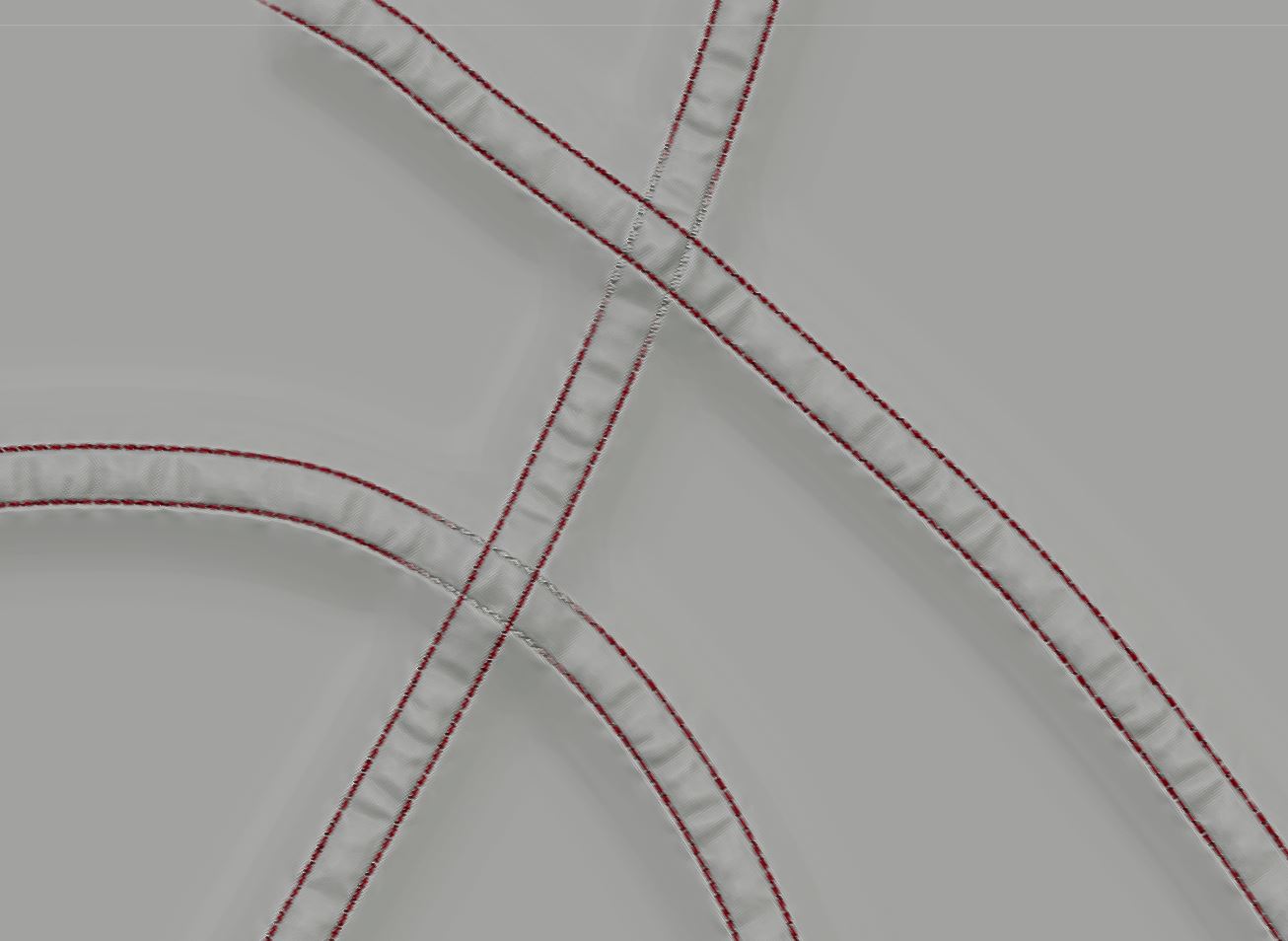hi.
I am making jeans. I want to use a brush that has creases and stitches, but I want to apply polypaint to the stitches, so I will get a color ID map from the obj when I take it to substance.
So I opened the brush alpha in photoshop and painted the stitches in a pretty red and then saved out just the red stitches to a new texture and imported it into the zbrush brush texture slot.
This worked except when I have overlapping strokes. Here is a pic on a test cube
The texture I made in photoshop is just red dots on a transparent background but when I add it to the brush texture slot it gets a white background, and apparently loses its transparency.
So I gave the texture a black background, and enabled the transparent texture button in zbrush and placed that in the brush texture slot, but now I am painting black everywhere.
And I am stuck.
I also had a problem with decimating my mesh using “use and keep polypaint”. This resulted in a decimated mesh that had exploded in numerous places … not sure about what is going on there … but when I export the undecimated mesh (which took forever … ) this worked, took it to substance, baked, got my ID map, nice normals …happy days … except for the parts that overlap, obviously.
Can anyone help?

